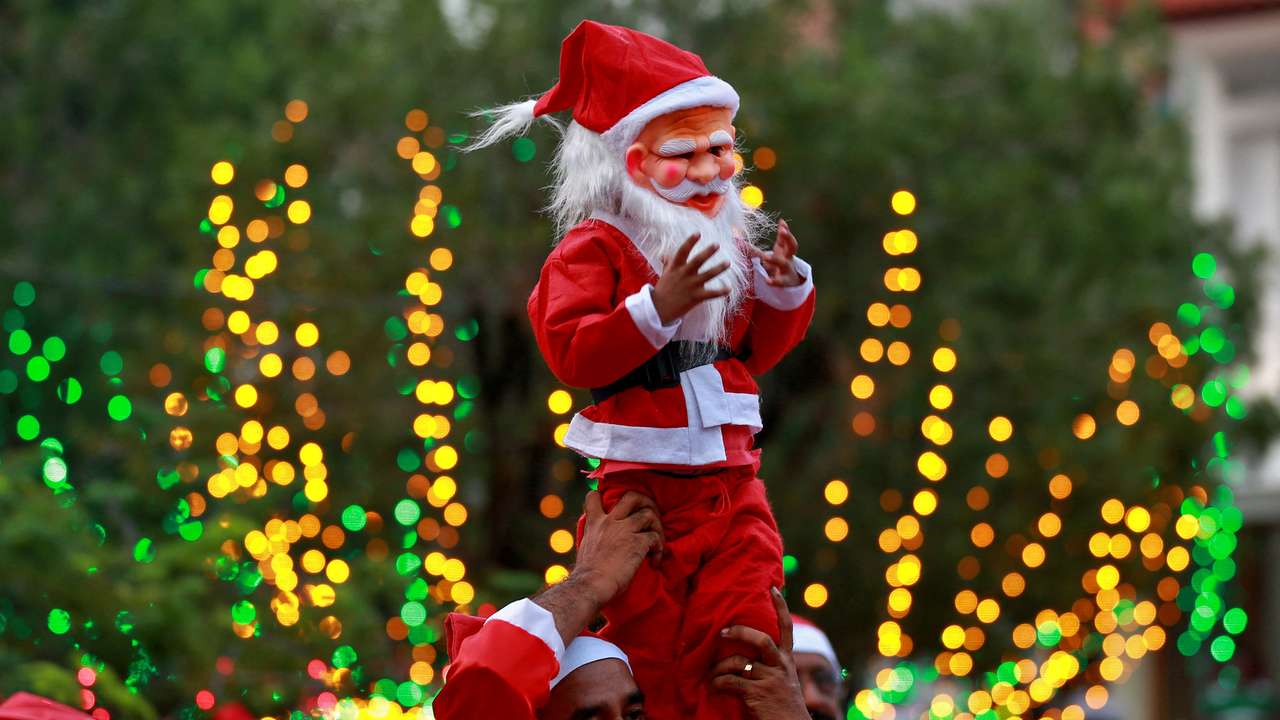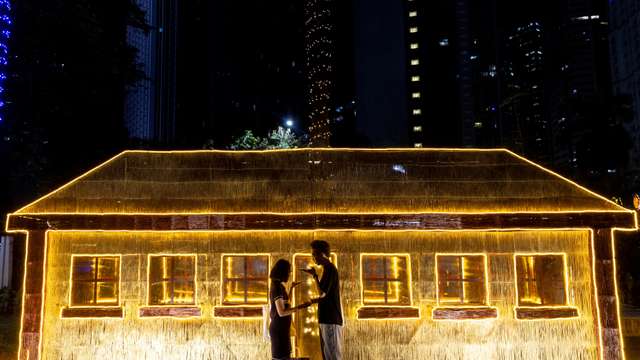Christmas traditions across the Global South

Across countries in the Global South, traditions are as diverse as the nations themselves.
From decorations adorning homes to festive foods and events, the spirit of Christmas takes on a unique hue in each Global South country.
Beyond religious celebrations in Asia
Christmas in Asia combines elements of carnival and Valentine's Day, mostly an excuse to have fun and relax. In China, Christmas is known as Sheng Dan Jieh or Holy Birth Festival.
Decorations include evergreen plants, posters, and a Tree of Light (Christmas tree) adorned with lanterns, flowers, and red paper chains symbolizing happiness. Young couples would exchange gifts like on Valentine's Day.

Apples are given on Christmas Eve, known as Ping'an Ye, or peaceful evening in Chinese. It is believed that eating an apple will bring a peaceful and safe new year. In Japan, a unique tradition involves indulging in some KFC fried chicken.
Starting from September 1st and lasting until early January, Filipinos put up vibrant parols, and star-shaped lanterns illuminating the country, symbolizing the star that guided the Wise Men. In Indonesia, Bali uniquely fashions Christmas trees from chicken feathers, and fireworks are a prominent part of the celebrations. Some islands incorporate bamboo cannons fired across cities on Christmas Eve.
Varied traditions in Africa
In Africa, where Christians make up a significant portion of the population, Christmas is a vibrant and festive occasion, even in predominantly Muslim countries. For many across the continent, Christmas is a time to gather with loved ones and attend church services.
In some countries like the Congo, Christians bring gifts for the Communion table in church. At the same time, Malawian children go door-to-door singing carols and playing traditional instruments for small cash donations.

In other countries like The Gambia, a parade follows the Christmas Eve church service, featuring locals dancing through the towns carrying 'fanals' (large lanterns shaped like houses or boats).
Tanzanians will say, “Failing to plan is planning to fail.” Tanzanians start planning for the big day at the beginning of the year by acquiring a goat or a cow and tenderly caring for it throughout the year. On Christmas Eve, the already-fattened animal is slaughtered, roasted, and washed down with home-brewed beer.
In Liberia, Christmas takes on a unique flavour with the presence of "Old Man Bayka," known as the devil, who roams the streets on Christmas Day, not giving presents but instead asking for them.
Christmas in the Caribbean and Latin America
Starting in late October, buckets of white beach sand are carried home and deposited in piles in the front yard to create an illusion of winter. On December 24th, this sandy canvas is raked into blankets of white and is not to be stepped on until Christmas morning.
Cuban Christmas dinners are incomplete without roasted pork, complemented by black and white beans and traditional Cuban bread. Meanwhile, in the Dominican Republic, Christmas Eve is marked by a heartwarming tradition of sharing food with neighbours.
Of all the traditions and celebrations throughout the year, Christmas is probably the most important one in Latin America.

The festive season kicks off in Colombia on December 7 with "la celebración de las velitas," a celebration where believers light up the streets with candles and torches for the Virgin of the Immaculate Conception.
In Caracas, the capital city of Venezuela, residents attend the Christmas mass on skates.
Across various Latin American countries, it is common for families to stay awake until midnight to open their presents, while others prefer to extend the warmth of the season by visiting friends and family late into the night.
Christmas across the Global South is a colourful blend of unique traditions, not just a holiday but a shared celebration deeply woven into each nation's identity, bringing communities together with joy and tradition.